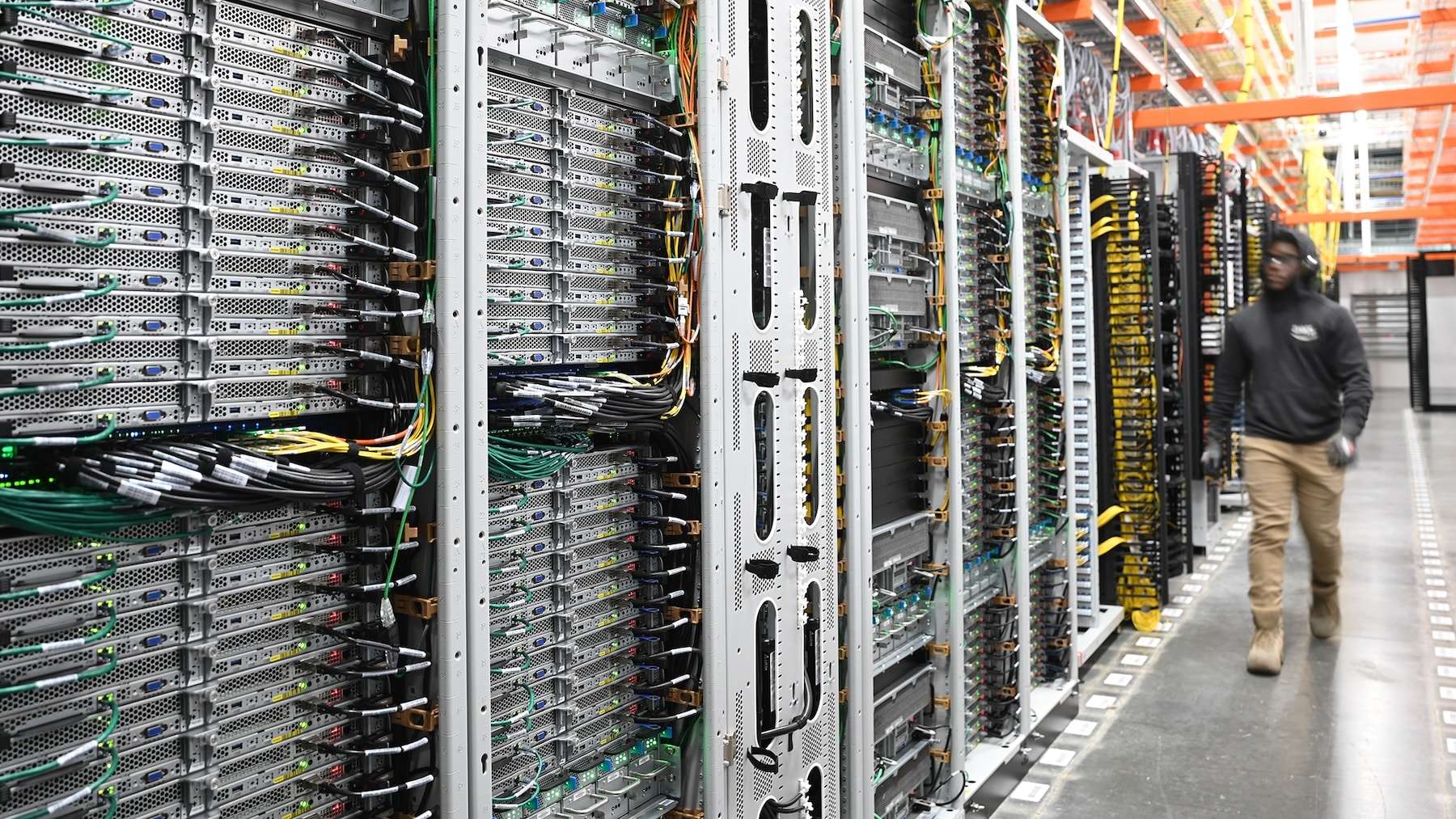When we talk about the cloud, we usually imagine servers and data centers distributed around the world. But behind all of that, there is an essential yet little-visible component: a high-capacity global network that connects these infrastructures. In the case of Amazon Web Services (AWS), this is the AWS Backbone Network, one of the most extensive and advanced private networks on the planet.
This backbone, built on terrestrial and submarine fiber optic cables, interconnects regions, availability zones, and AWS points of presence, offering low latency, high redundancy, and enhanced security. What the end user perceives as “internet” actually travels through Amazon’s private highways.
A Global Network on a Planetary Scale
AWS has deployed its own network connecting:
- 37 regions and over 117 availability zones (AZs).
- Hundreds of points of presence (PoPs) and edge locations, critical for its CDN, CloudFront.
- Users and clients in more than 245 countries and territories.
According to official figures, AWS’s global network encompasses more than 6 million kilometers of fiber optic cables, combining redundant terrestrial links and own or consortium submarine cables.
Key Features of the AWS Backbone
🔒 Integrated Security
- All internal traffic traveling through the backbone is encrypted in transit by default, even between regions or availability zones.
- The use of private infrastructure reduces exposure to attacks such as man-in-the-middle or interception on public networks.
⚡ Low Latency and Stable Performance
- By avoiding the public internet, latency variability and congestion are minimized.
- AWS deploys 100 GbE and 400 GbE links between regions and PoPs to ensure sufficient capacity.
🔄 Redundancy and Resilience
- Each link has duplicated routes and geographic diversity.
- In case of physical failures (cable cuts, earthquakes, blackouts), traffic is automatically rerouted through alternative paths.
🌍 Integration with AWS Services
- CloudFront (CDN) delivers content by leveraging the backbone to transfer objects between regions.
- Amazon Aurora Global Database uses the backbone to replicate data across continents in seconds.
- S3 Cross-Region Replication keeps buckets synchronized across regions.
- Direct Connect enables enterprise clients to connect directly to AWS’s private network from their data centers.
Practical Examples
Case 1: CloudFront and Video Streaming
A user in Madrid clicks “play” on a video hosted in Virginia (USA).
- The request arrives at the Edge Location in Spain.
- If the content isn’t cached, the edge requests it from Virginia.
- The traffic doesn’t travel over the public internet but through AWS’s backbone.
- The video reaches Madrid with lower latency, less quality loss, and higher security.
Case 2: Direct Connect for a Financial Institution
A bank in Madrid needs to send sensitive information to its AWS infrastructure in Frankfurt.
- An Direct Connect link is established between the bank’s private network and AWS.
- The data enters directly into the backbone, avoiding the internet.
- It arrives in Frankfurt with predictable latency, greater stability, and enhanced security.
This approach is crucial in sectors like banking, healthcare, or industry, where confidentiality and communication reliability are critical.
Actual and Comparative Latencies
Although AWS does not publish an official latency table between regions, community benchmarks show the difference between backbone and public routes.
- Madrid ↔ Frankfurt (Direct Connect / backbone): approximately 20 ms.
- Madrid ↔ Virginia (optimized traffic via CloudFront): approximately 80–90 ms, compared to >120 ms over public internet.
- São Paulo ↔ Oregon (Aurora Global Database): data replication in less than 1 second using the backbone.
These figures highlight the value of the backbone over uncontrolled internet traffic.
How Clients Can Leverage the AWS Backbone
Being on AWS isn’t enough to benefit from the backbone:
- Use AWS distributed services
- CloudFront, Aurora Global Database, S3 Cross-Region Replication are already optimized for backbone use.
- Configure private networks properly
- VPC Peering or AWS Transit Gateway enable traffic between VPCs to stay within AWS.
- Enable Direct Connect
- For critical and sensitive workloads, Direct Connect provides a direct entry into the backbone from on-premises infrastructure.
- Monitor and validate traffic
- Tools like VPC Flow Logs or CloudWatch Metrics help verify that traffic flows within the backbone and doesn’t exit to public internet.
Impact on Resilience and Disaster Recovery
The backbone is vital in architectures requiring high availability and disaster recovery:
- Data replication across regions in nearly real-time.
- Failover between AZs with minimal latency.
- Protection against regional incidents, such as submarine cable cuts.
Without this kind of private infrastructure, achieving the global replication SLAs AWS offers in managed services would be unfeasible.
Conclusion
The AWS Backbone Network is one of the invisible pillars supporting Amazon’s cloud. A planet-wide private network that interconnects regions, accelerates services, safeguards data in transit, and ensures resilience against physical failures.
For architects, sysadmins, and IT managers, understanding how this backbone functions is key to designing solutions on AWS that truly leverage low latency, security, and redundancy.
The next time you press “play” on a video served by CloudFront or replicate your global database, remember: your traffic probably travels through Amazon’s private highways, not the public internet.
Frequently Asked Questions
Is all AWS traffic within the backbone?
No. Traffic heading to the public internet still exits through ISPs. The backbone is primarily used between regions, AZs, and AWS services.
Is traffic on the backbone always encrypted?
Yes, AWS encrypts all in-transit traffic within its global network by default.
How can I ensure my application uses the backbone?
By using managed services (CloudFront, S3 cross-region replication, Aurora Global Database) or configuring VPC Peering/Transit Gateway. For on-premises, the option is AWS Direct Connect.
What is the cost of leveraging the backbone?
The backbone itself has no direct cost, but inter-region traffic and services like Direct Connect do incur specific data transfer fees.

